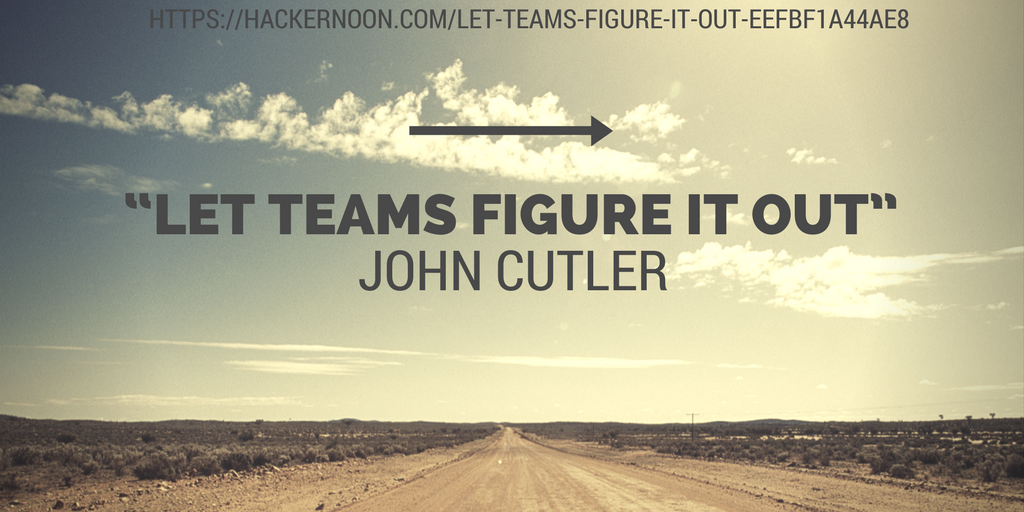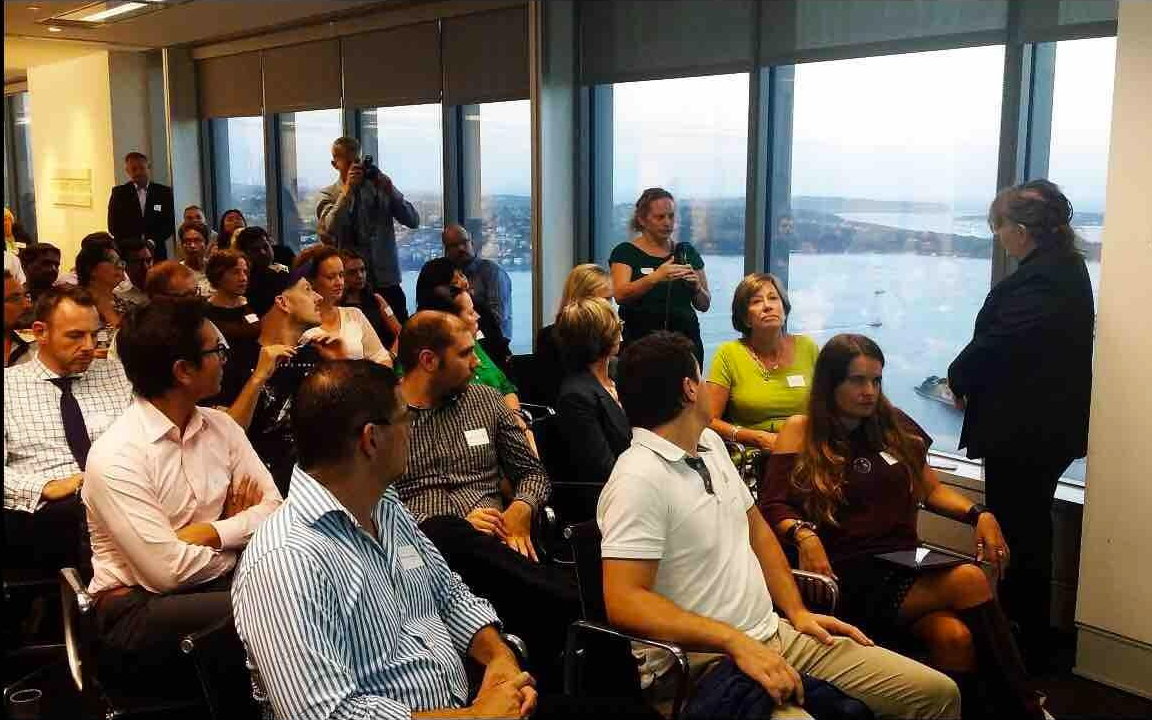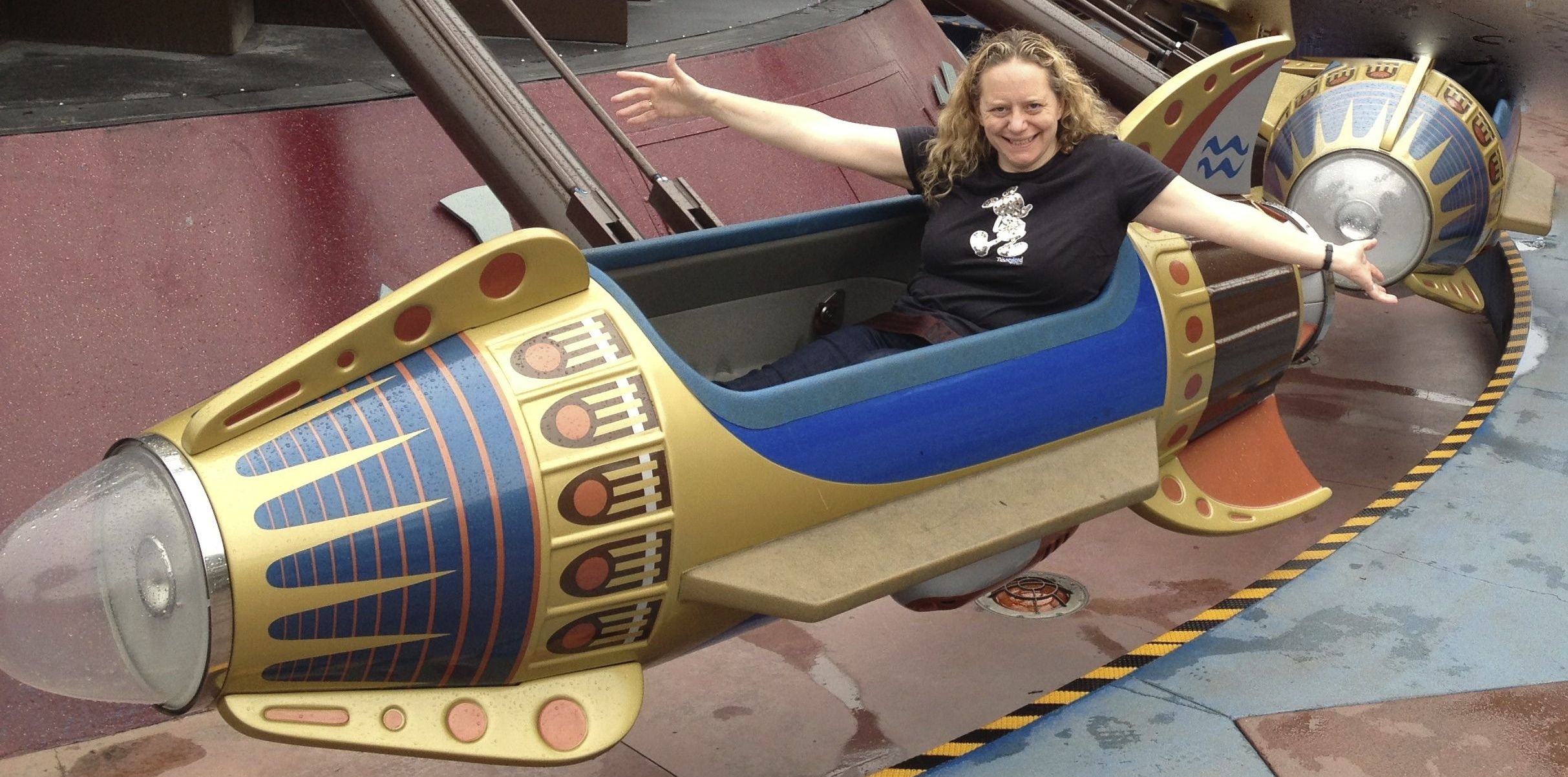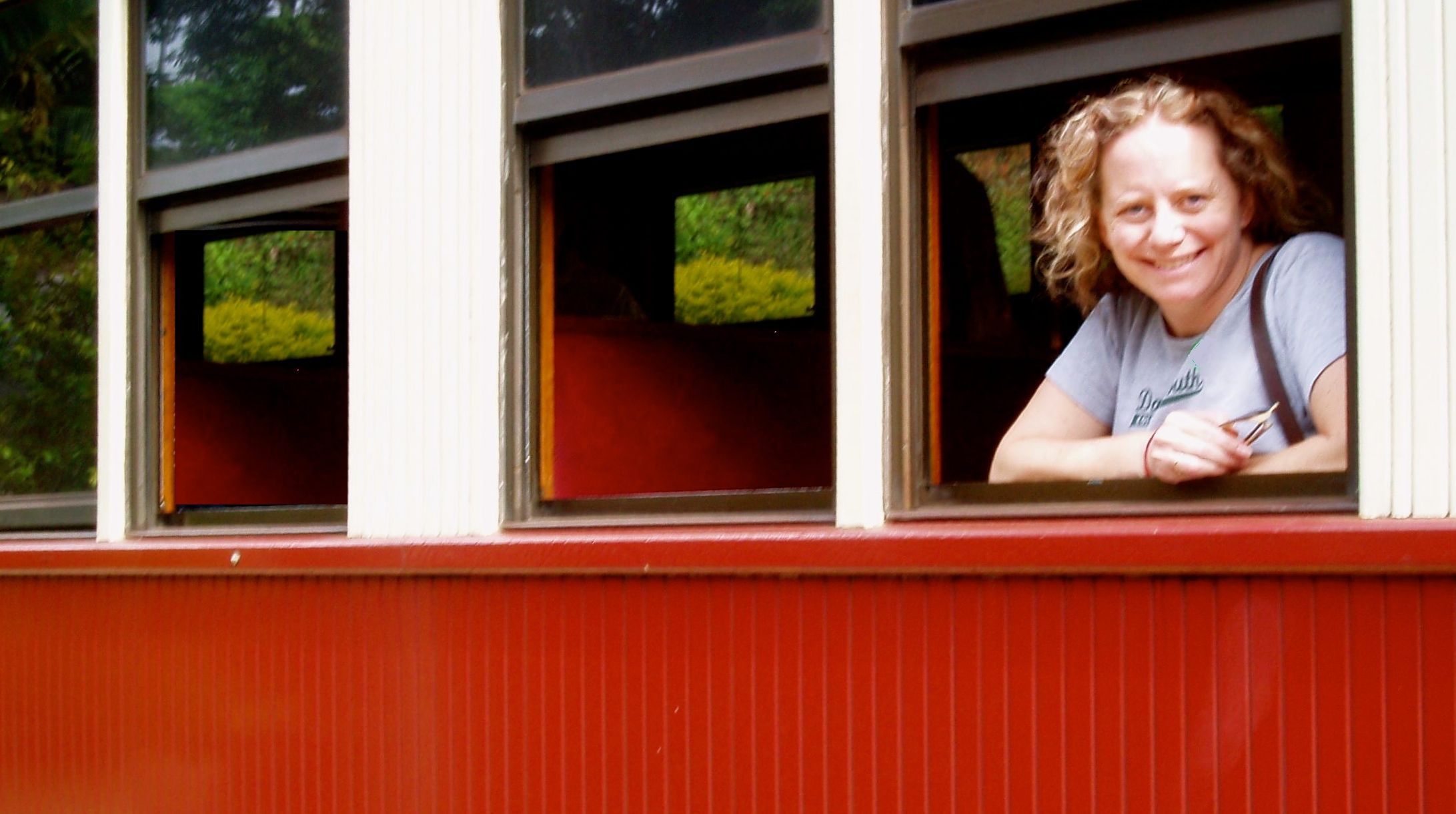
I took a small group adventure tour to China so I didn’t do much research. I just showed up with my wheeled backpack and followed along. So everything was a surprise, some things more than others. These are some of the aspects of my trip to China that I found most surprising.
People seemed reasonably open
China is changing extremely quickly. Young people – like our guide – are actually really positive about it. I felt that our guides were sincere and open. We heard a range of opinions from our guides – didn’t feel like a rigid party line.
Luxury Stores
On one of those tourist busses in Shanghai we passed a Prada store. A few minutes later, we passed it again. Actually, no, it was a different Prada store. And another one. It wasn’t just Prada either. Not only is every major luxury brand there, there are multiple stores for each brand.
The explanation I heard was that not all Chinese citizens are allowed to leave the country. So for many wealthy Chinese, Shanghai is where they get luxury goods. Our guide pointed out that while his parents generation is concerned about saving for retirement, the young people are buying luxury handbags.
Pollution
I am sure the air pollution is terrible but it didn’t seem that bad to us. We happened to hit some days with blue skies. Just for the record, I grew up in LA in the seventies so it is all relative. Are the skies as beautiful as Sydney? Absolutely not. Would I worry about raising children in Beijing? Absolutely! But spending a few days there it wasn’t as terrible as I expected.
I know there are environmental disasters in China. But we didn’t see them. In general things were cleaner than I expected
In saying that, I didn’t drink the water.
Hole in the ground toilets aren’t really that bad
Well, let me clarify that. CLEAN hole in the ground toilets aren’t that bad.
I made a few rookie mistakes the first few times but once I got the hang of it, it wasn’t as bad as I thought.
Don’t expect toilet paper. Carry toilet paper or tissues everywhere. I found it hard to teach myself not to throw toilet paper in the toilet. Also hard to get used to the smelly bins.
It was rare to get decent sinks with hot water, soap and paper towels. I found myself using antiseptic wipes to clean my hands.
Going to the supermarket by myself was really challenging
How hard can it be? It’s a supermarket! But I wandered the aisles for ages trying to find food for our overnight train trip. It was just really hard to figure out what everything was. I bought some cheese that tasted like a combo of white chocolate, cheese and something fruity. Didn’t eat much of that one. Everything – naturally – was labelled in Chinese and the pictures weren’t always obvious.
Tiananmen Square
We went to Tiananmen Square on the anniversary of the “June 4th Incident” of 1989 but the only evidence of that was our guide asking us not to speak about the protests. One of the people in our group saw a news story abruptly stopped on the BBC channel when they referred to the protests. Other than that you wouldn’t know it had happened.
You have to go through several security checkpoints to get in to Tiananmen Square and sometimes you have to wait a while but I didn’t find that surprising. When we went it was really hot. There is no shade. Just a big, mostly empty place.
Lemon Chicken and Sweet & Sour Pork
I always heard that the dishes we eat in Chinese restaurants in Western countries aren’t authentic. On our small group tour we only went to local restaurants. So I thought we were cheating when we ordered Lemon Chicken and Sweet & Sour Pork. Maybe not. Apparently those dishes are authentic in that region. Food varied a lot in different places. Generally it tasted like – well – Chinese food.
Security on the subway
It was also surprising that they had security checks (airport style metal detectors for your bags) at the train and subway stations. I have a passport bag that I wear around my neck with my passport and wallet. I took a lot of subways and trains and only once did they ask me to take it off. Also noticed a lot of people walk straight past the security without putting their bags on. But it was there.
I can live without Google
Think about that. No Google. One thing I realised is that Google is not just google.com. It’s how I get to all the other websites. I don’t remember the whole URL anymore. I just type some of it in. It’s google that’s completing my words. Google is embedded in all sorts of sites and apps.
In saying that, I didn’t really need google on the Great Wall. Or anywhere else I visited. Instead of using my phone as a constant entertainment device, I paid attention to where I was (novel idea). I talked to people. There was a moment on the train when I realised every one of us was reading a book. An actual book! How retro.
I used paper maps. Actual paper. Pens. I wished I had a highlighter. An actual highlighter.
I did use the internet in hotel rooms. Every hotel we stayed in had wifi but it tended to be quite weak. Without Google, I found myself using Wikipedia a lot. I do have VPN on my iPad but getting VPN and Internet access working long enough to actually accomplish anything was rare. I usually wrote emails off line and just sent them when I connected. The pictures I tried to send just failed.
No Facebook either by the way. I didn’t think I used it much. But I was travelling and I wanted to show off my pictures. I only got one posted on the whole tour.
Infrastructure
I was flabbergasted by the infrastructure. Highways were well designed and had manicured plants along the edges. Subways led to pedestrian bridges and tunnels that got us where we needed to go. Particularly in Shanghai and Beijing, everything worked.
Trains
Seriously, some of the train stations were more modern than a lot of airports I have been to.
In major cities, they add new subway lines constantly. We complained that the maps they gave us at the hotel were old. Turns out the subway line near the hotel had just been added this year. I shrugged and drew it on the map.
The bullet trains were amazing. Our itinerary included a 13 hour overnight train but since a new bullet train was just added, the overnight train was replaced by a 3 hour bullet train.
We did take one overnight train which sounded a bit daunting but we had a great time. It wasn’t new but we had what we needed and we slept well
Planes
Honestly I was nervous about the internal flight we had. I was expecting a third world experience. Instead, I found myself at gigantic, modern airports. Everything was new. New planes, professional staff.
I only thought of Xi’an as a place where farmers found the legendary warriors. We were all surprised to arrive in a gigantic airport. Xi’an is a city of 10 million – of course it makes sense that it has a big airport. Walking through baggage claim was a huge eye opener.
Automobiles
Apparently you can’t register a car that is older than ten years. So much for my 18 year old Honda at home. Not the best environmental decision but it means the cars on the road are new. Our guide told us that one of the things that surprised him about Australia was all the old cars. Go figure.






